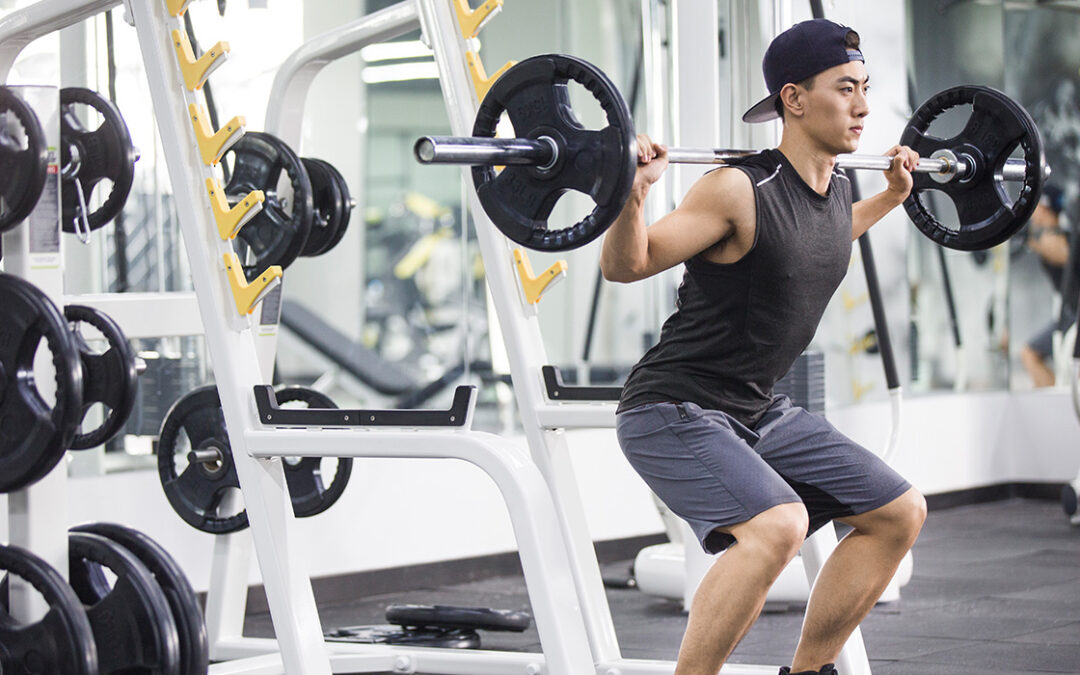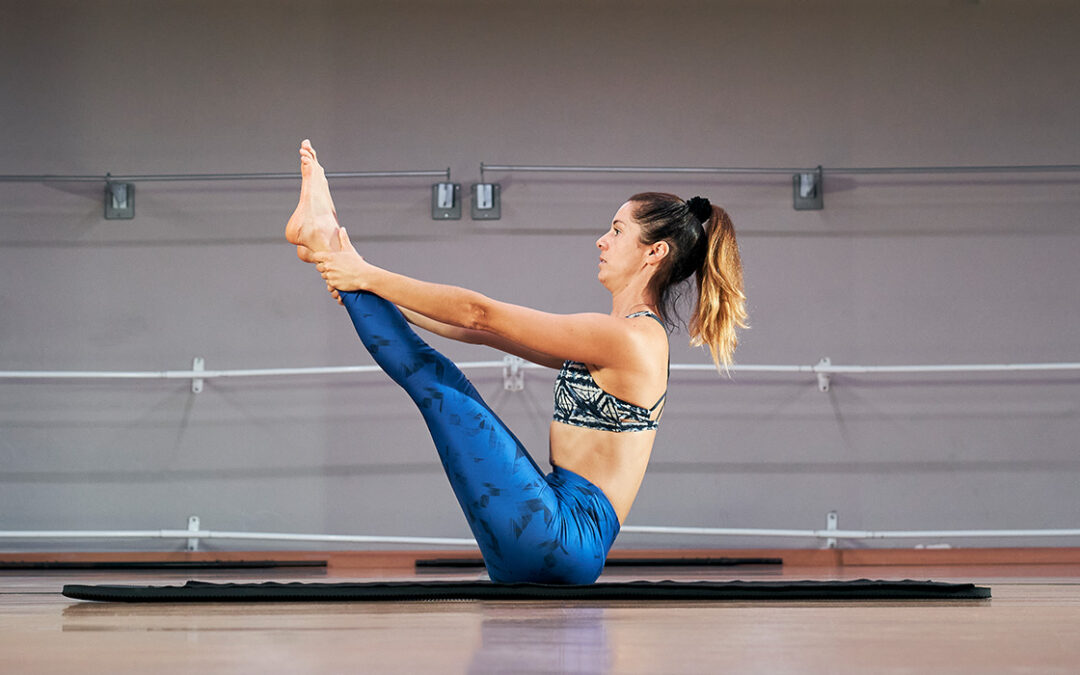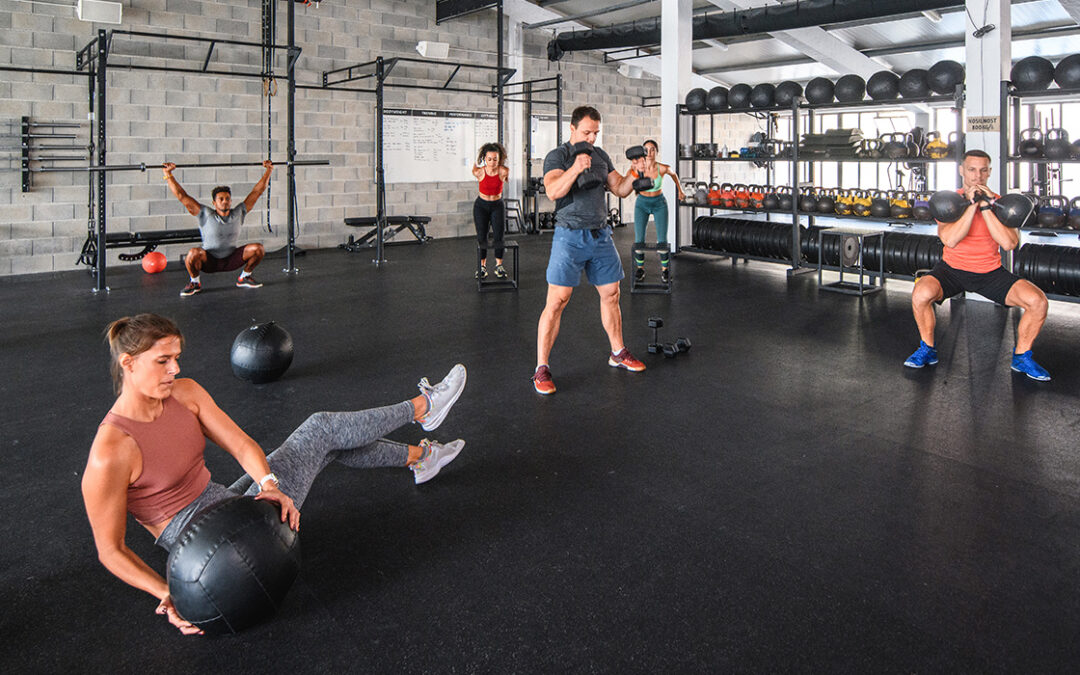
by Satzuma-Creative | Jul 2, 2023 | Training
German volume training (GVT) is an intense exercise program that builds the muscle mass and strength necessary for weightlifters to move beyond personal plateaus. It’s sometimes called the 10-sets method. The training program involves high numbers of sets and...

by Satzuma-Creative | Jul 2, 2023 | Training
MISS, or Moderate-Intensity, Steady-State, is a similar form of cardio to LISS, but with increased speed and effort. For example, if your LISS cardio is walking at a fast pace, MISS would be a jog. At the beginning of MISS, your heart rate should be around 65-75% of...

by Satzuma-Creative | Jul 2, 2023 | Muscle of the Month
The biceps muscle has 2 heads, the long head and short head. BICEPS BRACHII This muscle is responsible for bending the forearm back towards the upper arm so is involved in lifting and pulling movements. It also plays a part in supinating the forearm, turning the palms...

by Satzuma-Creative | Jun 2, 2023 | Muscle of the Month
The core transfers the forces between your upper and lower extremities. The core and limbs need to be strong and stable before any form of movement can happen through the limbs so, the stronger you make your core, the more efficient and stronger your movements will...

by Satzuma-Creative | Jun 2, 2023 | Training
Circuit training is a style of workout performed with different stations or exercises at a usually high intensity with little rest between each station or exercise. Circuit training is a form of body conditioning that involves endurance training, resistance training,...






